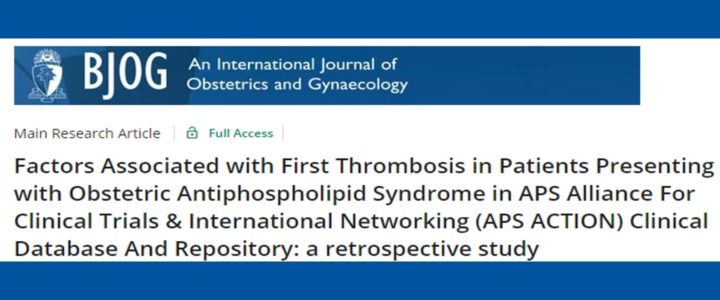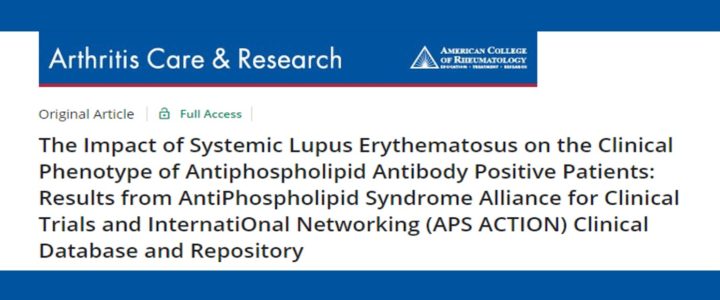Objective: To describe baseline characteristics of antiphospholipid antibody (aPL)-positive patients, overall and by clinical and laboratory subtypes, enrolled in an international registry.
Methods: AntiPhospholipid Syndrome Alliance for Clinical Trials and InternatiOnal Networking Registry includes persistently aPL-positive adults. We evaluated baseline sociodemographic and aPL-related (APS classification criteria and “non-criteria”) characteristics of patients overall and in subgroups (aPL-positive without APS, APS overall, thrombotic APS [TAPS] only, obstetric APS [OAPS] only, and both TAPS/OAPS). We assessed baseline characteristics of patients tested for three aPL (lupus anticoagulant test [LA], anticardiolipin antibody [aCL], and anti-β2 -Glycoprotein-I [aβ2 GPI]) by aPL profiles (LA only, single, double, and triple aPL positivity).
Results: Of 804 aPL-positive patients (mean age: 45 ± 13y; female: 74%; white 68%; other systemic autoimmune diseases: 36%), 80% were classified as APS (55% TAPS, 9% OAPS, and 15% TAPS/OAPS). In the overall cohort, 71% had vascular thrombosis, 50% with pregnancy history had obstetric morbidity, and 56% had at least one non-criteria manifestation. Among those with three aPL tested (n: 660), 42% were triple aPL positive. While single, double and triple aPL positive subgroups had similar frequencies of vascular, obstetric, and non-criteria events, these events were lowest in the single aPL subgroup consisting of aCL or aβ2 GPI only.
Conclusion: Our study demonstrates the heterogeneity of aPL-related clinical manifestations and laboratory profiles in a multicenter, international cohort. Within single aPL-positivity, LA may be a major contributor to clinical events. Future prospective analyses, using standardized core laboratory aPL tests, will help clarify aPL risk profiles and improve risk stratification.




